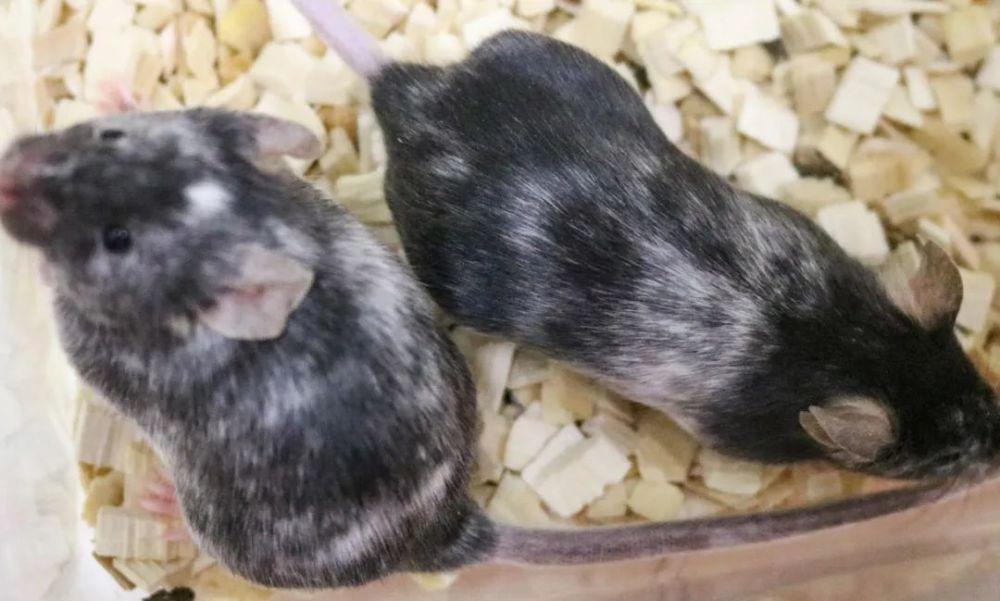In mythology, Nuwa created people out of earth and divided them into men and women, and multiplied them; Jehovah placed Adam and Eve in the Garden of Eden. In the ethereal torrent of time, humanity is committed to exploring the mystery of gender. Beginning with Aristotle 2,000 years ago, various theories about gender have been proposed.
At the end of the 16th century, the world's first real microscope was made, and human beings began to take the pace of exploration towards the mysterious microscopic world. In 1879, the German biologist Alther Flemming stained the filamentous and granular substances in the nucleus red with dyes, and observed that these substances would change morphologically with the process of division when the cell divided. In 1888, chromosomes were officially named, and then the research on chromosomes was booming, and Chinese scholars such as Zhuang Youxing and others clarified that each human cell has 46 pairs of chromosomes, and these 46 chromosomes are arranged into 23 pairs according to size and form, the first pair to the twenty-second pair of chromosomes is called autosomal, and the twenty-third pair is a sex chromosome that confirms the sex of human physiology.
In 1953, the American molecular biological scientist James Dewey Watson and the British biologist Francis Harry Compton Crick discovered the structure of the DNA double helix, which together with relativity and quantum mechanics are hailed as the three greatest discoveries of the 20th century.
Generation after generation of scientists has knocked on the door of molecular genetics, and human exploration of the inheritance of life continues...
Researchers at the Francis Crick Institute have used CRISPR gene editing technology to grow mice capable of producing offspring of a single sex (male or female).
CRISPR consists of two parts: an enzyme capable of excising genes and a guide RNA that identifies a gene of interest. In the new study, Charlotte Douglas and Peter Ellis put excision enzymes and guide RNA into different parents in order to kill embryos of a certain sex. The researchers put the guide RNA into the female mouse genome and targeted the topoisomerase 1 (TOP 1) gene while attaching the cleavage enzyme to the Y chromosome of the male mouse. When sperm with Y chromosomes fertilize an egg, the cleavage enzyme binds to the guide RNA, thereby determining that the chromosome combination is XY expressing males. At this point, the TOP 1 gene plays a key role — when the cell divides, the TOP 1 gene is banned and leads to the death of the early embryo — at which point, the male embryo of the XY chromosome dies, and all female mice are born.
When the cleavage enzyme is attached to the Y chromosome of male mice, the opposite is true, and all male mice are born.

These mice were genetically modified to produce a litter of single-sex offspring.
In the past, researchers have also tried to use other methods to artificially control the sex ratio of newborn animals. For example, scientists can classify sperm based on the weight of sex chromosomes, or cause embryos of one sex to die before birth, a physical or chemical method that may be able to change the sex of a born animal without precise control.
In a study 2 years ago, researchers successfully bred a litter of mice using CRISPR, and after modification, four out of five mice were females.
The latest research has resulted in a 100% success rate, which is a key success in which no "wrong" offspring were produced in the experiment. The technique could be useful not only for mice, but could also be used in other animals in the future, including birds and fish, and could even save endangered species.
In laboratory animals, the phenomenon of "sex imbalance" is very common. In some studies and experiments, researchers may only need male or female mice, and some hormone and cancer studies will only require mice of a single sex. For example, in some breast cancer studies, the experiment requires only female mice, which means sacrificing all male mice born.
Tak Mak, a geneticist at the Princess Margaret Cancer Centre in Canada, believes that "being able to make choices about the sex of mice before they are born" is morally better.
-References-
1.Science:Gene editing produces all-male or all-female litters ofmice
Edit: Ge Ge Wu
Image source: Science